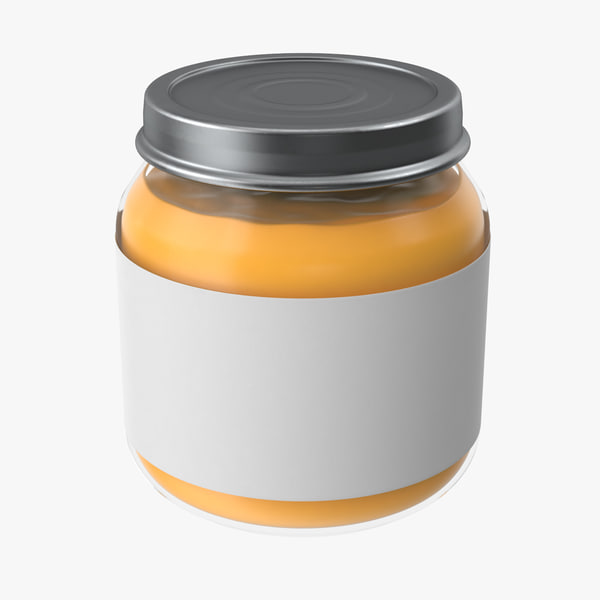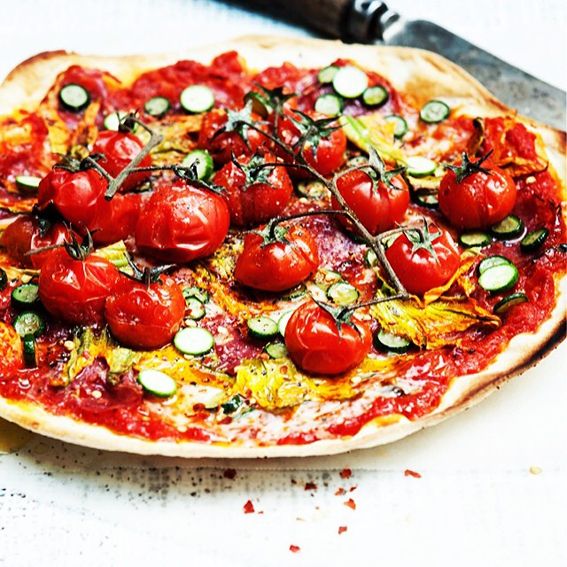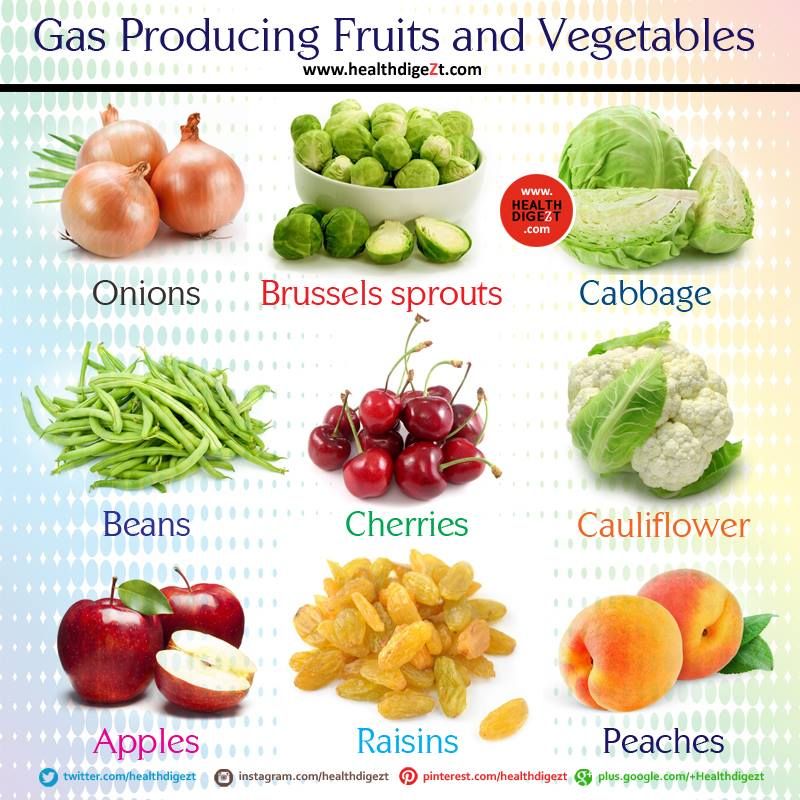Canning baby food jars
Canning Homemade Baby Food - Learn about canning homemade baby food and if it is safe to can homemade baby food
Is canning homemade baby food safe?
Is it possible to can baby food, using a pressure or water bath canning method?
As growing seasons begin to come to a close and the home garden harvest is almost finished, many parents wonder what the process would be for canning homemade baby food. What, if any, advantages canning baby food would have over the “traditional” freezer/ice cube tray method of storing homemade baby food. Home canning of baby foods is not recommended.
Why not can homemade baby food?
Home Canned Foods Have a Higher Risk of Botulism – With infant botulism being a high risk, indeed botulism is a high risk with any home canned foods, I would not recommend canning any foods that you will serve to your baby. Botulism spores thrive in anaerobic conditions such as those found in home canned foods. Many people are not aware that certain bacteria and other harmful “contaminants” prefer low acidity and do not need air to thrive and grow; they grow best anaerobically. To avoid the risk of your baby contracting botulism, do not home can baby foods.
Kansas State University notes that “Garden produce may contain soil borne C. botulinum spores at the time of harvest. These spores are inactive. Spores can become vegetative and produce deadly toxins under the right conditions. Those conditions of high moisture, no oxygen, low-acidity (pH over 4.6), and room temperature may be present in improperly canned green beans, corn, peas or other low-acid products. Low-acid foods require high temperature processing using a pressure canner if they are to be canned and safe to eat. Pressure canning is necessary to achieve a high enough temperature to destroy heat resistant spores before they can become vegetative. (Refer to Extension publication Preserving Vegetables, MF-1181, for more information on home canning of vegetables).”
Canned Foods Should Be Boiled Prior to Consumption – For safety, it is always recommended that you boil home canned foods for a minimum of 10 minutes prior to eating those foods. This additional step of boiling leads to a further reduction in available nutrients.
This additional step of boiling leads to a further reduction in available nutrients.
If I choose to can baby food, what are the best foods to can?
The best food candidates for home canning are foods that are high in acid. A high acidity helps to ensure that possible bacterial and other contaminants do not thrive and multiply.
The boiling water or water bath method of canning is best for high acid foods such as fruits and tomatoes. Some agricultural resources even caution against canning tomatoes using the water method. Tomatoes have undergone an evolution whereby many varietals are not as highly acidic as they once were. “Although tomatoes used to be considered an acidic food, some are now known to have pH values slightly above 4.6, which means they are low acid. To safely can them as acidic foods in a boiling water canner, you must add lemon juice or citric acid.”
According to the USDA (United States Dept. of Agriculture), “you may prepare any chunk-style or pureed fruit with or without sugar, using the procedure for preparing each fruit. Pack in half-pint, preferably, or pint jars and refer to the processing times.”
Pack in half-pint, preferably, or pint jars and refer to the processing times.”
Caution: Do not attempt to can vegetables, red meats, or poultry meats, because proper processing times for pureed foods have not been determined for home use. Instead, can and store these foods using the standard processing procedures; puree or blend them at serving time. Heat the blended foods to boiling, simmer for 10 minutes, cool, and serve. Store unused portions in the refrigerator and use within 2 days for best quality. USDA Agriculture Information Bulletin No. 539″
Follow these additional recommendations for safe home canning:
Home canning should follow strict hygienic recommendations to reduce risks.
Use a pressure canner. Botulism spores can only be killed by the high heat which can be obtained in a pressure canner. The toxin (that is produced in anaerobic conditions) can only be destroyed by boiling. Botulism & Canning from Ohio State Univ. Extension
Extension
Using the ice cube tray/freezer method as the safest and most convenient method of storing homemade baby food.
We caution against using home canned foods for baby food due to the risk of possible botulism contamination. Once an infant has passed the age of one year old, the digestive system is better able to fight off botulism and is no longer as great a place for the spores to flourish and thrive. This development however does not mean that the dangers and risks of botulism have passed.
Resources & Learning More about Canning:
- USDA Complete Guide to Home Canning
- Canning Food at canning-food-recipes.com
- Canning Baby Food from Michigan State Univ. Extension
- Step-by-Step Home Canning from homecanning.com
- Botulism & Canning from Ohio State Univ. Extension
Remember, always consult with your pediatrician regarding introducing solid foods to your baby and specifically discuss any foods that may pose allergy risks for your baby.
This site complies with the HONcode standard for trustworthy health information:
verify here.
SHARE ON FACEBOOK SHARE ON PINTEREST
Safe Food for Babies and Children: Making Homemade Baby Food for Babies 6 Months and Older
Title
(FN1848, Reviewed April 2022)
File
Publication File:
FN1848 Safe Food for Babies and Children: Making Homemade Baby Food for Babies 6 Months and OlderSummary
This handout provides general guidance for making pureed foods at home, which can be a money-saving option or a personal preference. Making your own baby food has several advantages. You will expose your baby to more flavors, which could allow for a more adventurous eater. You also can limit sugar and salt to provide good nutrition for your baby.
Lead Author
Lead Author:
Savanna Jellison, Doctoral Graduate Research Assistant, NDSU
Other Authors
Julie Garden-Robinson, Ph. D., R.D., L.R.D., Food and Nutrition Specialist, NDSU Extension Service
D., R.D., L.R.D., Food and Nutrition Specialist, NDSU Extension Service
Availability
Availability:
Web only
Publication Sections
What do I need?
What ingredients do I need to avoid?
Where do I begin?
How long is homemade baby food safe?
How do I thaw and warm the baby food?
Can I use home-canning for my baby food?
Snack Options on the Go
Additional Resources
What do I need?
- A blender or food processor
- Spoon, fork and potato masher
- Empty ice cube trays or cookie sheets covered in plastic wrap or aluminum foil for freezing small, individual servings
- Food ingredients
What ingredients do I need to avoid?
Avoid serving honey or foods containing honey because honey contains bacterial spores that could cause life-threatening illness (infant botulism). Fluid cows’ milk should not be introduced before age 1. Some babies may experience allergic reactions to food such as oranges, grapefruit, strawberries, pineapple and tomatoes.
Experts suggest introducing one new food at a time and waiting for several days between new foods to check for reactions such as rash, irritability, diarrhea, vomiting, coughing, breathing difficulty and stomach pain. If your baby has difficulty breathing, call 911.
Where do I begin?
- Create a sanitary environment for food preparation. Wash the counters, equipment and your hands with soap and water. After washing, you can sanitize counters and equipment with a spray bottle filled with homemade sanitizer (1 teaspoon chlorine bleach per quart of lukewarm water). Allow to air-dry.
- Prepare fruits and vegetables:
- Select the fruits and/or vegetables you wish to use
(fresh, frozen or canned in juice). - Rinse fresh produce thoroughly before you begin.
- Peel and pit the produce as necessary.
- Cook all vegetables and any hard fruits such as apples.
Tip: Steaming, baking or broiling preserves the most nutrients.
- Select the fruits and/or vegetables you wish to use
- Prepare fruits and vegetables:
- Prepare meat:
- Remove bones, skin, connective tissue, gristle and fat.
- Cook meat thoroughly to the recommended temperature (165 F for chicken; 160 F for beef).
- Remove any tough parts or fat.
- Cut into small, thin pieces before pureeing.
- Prepare eggs:
- Serve only egg yolks to your baby. You can separate the egg before or after cooking. (Egg whites are more allergenic.)
- Cook the egg until firm because serving raw or partially cooked eggs increases the chances of bacterial infection.
- Reheating eggs is unadvised. Cooked eggs left out for more than two hours should be thrown out.
- Puree or mash all food thoroughly into a smooth consistency.
- Add water, breastmilk or formula to the food mixture to help create a smooth, thin consistency and familiar flavor.
- Test the consistency by rubbing some between your fingers.
- Avoid adding salt, sugar or other seasonings.

- Refrigerate any unused portions immediately.
- Freeze portions after the food has cooled and been divided.
How long is homemade baby food safe?
| Food | Refrigerator Storage Shelf Life | Freezer Storage Shelf Life |
| Pureed (cooked) fruits and vegetables | 2 days | 1 month |
| Cooked meats or egg yolks | 1 day | 1 month |
| Meat and vegetables (mixture) | 1 day | 1 month |
| Thawed, previously frozen foods | 1 day | N/A |
Source: Foodsafety.gov
How do I thaw and warm the baby food?
- Thaw frozen baby food in the refrigerator.

- Warm according to directions provided in “Heating Solid Food Safely,” a publication from NDSU Extension (see www.ag.ndsu.edu/food and type the title in the search box).
Can I use home-canning for my baby food?
Canning is an option for baby food but only for certain types of fruits. Avoid canning bananas, figs, Asian pears, tomatoes, cantaloupe and other melons, papaya, ripe mango and coconut. Canning baby food requires a sieve or food mill. See the information about home-canned baby food in “Home Canning Fruit and Fruit Products,” a publication from NDSU Extension.
Snack Options on the Go
- Ripe bananas*
- Avocados*
- Applesauce
- Yogurt**
- Diced fruit**
- Tiny cubes of cheese**
*Bring a fork and container. Mash right before serving.
**Keep in a container in a cooler with ice.
Additional Resources
- Academy of Pediatrics - www.aap.org
- Academy of Nutrition and Dietetics - www.
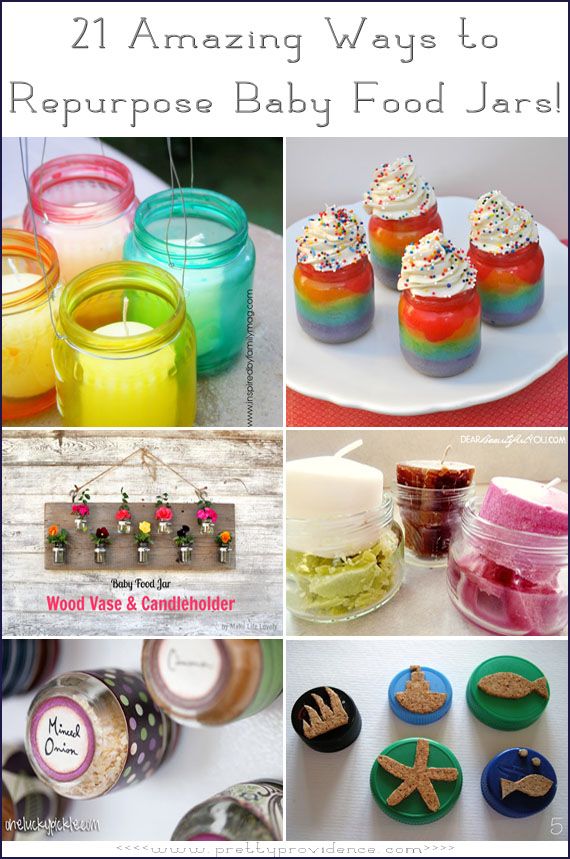 eatright.org
eatright.org - U.S. Department of Agriculture - www.nutrition.gov
- NDSU Extension - www.ag.ndsu.edu/food
Savanna Jellison, Doctoral Graduate Research Assistant, NDSU (former)
Julie Garden-Robinson, Ph.D., R.D., L.R.D., Food and Nutrition Specialist, NDSU Extension
FN1848 (Reviewed April 2022)
North Dakota State University, Fargo, North Dakota
NDSU Extension does not endorse commercial products or companies even though reference may be made to tradenames, trademarks or service names.
NDSU encourages you to use and share this content, but please do so under the conditions of our Creative Commons license. You may copy, distribute, transmit and adapt this work as long as you give full attribution, don’t use the work for commercial purposes and share your resulting work similarly. For more information, visit www.ag.ndsu.edu/agcomm/creative-commons.
For more information on this and other topics, see www.ndsu.edu/extension
Preservation of baby food - Encyclopedia Baby food
Levchuk Victoria © Preservation of baby food, I met her when I was 10 years old, and my pregnant aunt closed apricot juice in three-liter jars, as that year there was an apricot harvest , and the little one needs vitamins. This picture of a big, immense aunt and an old Soviet-type juicer, I remember, even now stands before my eyes.
This picture of a big, immense aunt and an old Soviet-type juicer, I remember, even now stands before my eyes.
Nowadays, everything is there, so why preserve baby food if you went to the store and bought baby juice with pulp or baby puree. But we, Russians, we cannot do without difficulties! And, well, if I'm the only one, then last year 120 cans of Frutonyanya were taken from me by a pregnant girl, in the back seat of a car with boxes of peaches. Apparently also for conservation. Pregnant women do things like that. And it seems to be ok! nine0007
Preservation of baby food Special preservation, since sugar, salt, spices, vinegar, aspirin, etc., everything that is usually put in jars, for long-term storage of the product should not be put.
canned Fruit juices are best made from apricot and peach. Sweet ripe fruits are taken, as sour juice is obtained from green or unripe ones. From overripe varieties, a jar can explode. Since the jars are closed without adding various additives, the fruit juice must be boiled well for 5-10 minutes. We have a special juicer, which already gives ready-made fruit juice with pulp at the exit, just close it in a jar. But it is old and Soviet. nine0007
We have a special juicer, which already gives ready-made fruit juice with pulp at the exit, just close it in a jar. But it is old and Soviet. nine0007
Fruit purees are prepared in much the same way as juice with pulp. Those. the finished product is cut into small pieces, boiled for 5 minutes, whipped with a blender and closed in sterilized jars.
Preservation of baby foodIt is best to take sweet fruits, such as apricot, peach, sweet varieties of apples. My pears always explode, i.e. even in the refrigerator they do not stand for more than a month, it is worth considering this. I have experimented a lot with the preservation of baby food, so I used to cover plums, apricots, peaches, apples, pears, etc. I also made various mixes, from fruits and vegetables. nine0007
Basically the perfect vegetable for any mix is zucchini. But preserving a product without sugar is just a torment, as a result it turns out either sour, or not tasty, or something is not right. So the apricot turned out moderately sweet, the taste is similar to an apricot, but somehow artificial, so I had to mix apricot puree with a banana or apple to dilute the artificiality. Although I repeat, I closed it without additives, I just boiled it and closed it in warm sterilized jars. nine0007 Photos lost, all that's left. Peach puree in the middle, plum on the sides.
So the apricot turned out moderately sweet, the taste is similar to an apricot, but somehow artificial, so I had to mix apricot puree with a banana or apple to dilute the artificiality. Although I repeat, I closed it without additives, I just boiled it and closed it in warm sterilized jars. nine0007 Photos lost, all that's left. Peach puree in the middle, plum on the sides.
Peach puree is the most delicious and lasts for a long time, it is easy and simple to store, so now I cover only peaches, I refused everything else, you can freeze or dry. The plums turned out sour, they don’t stand for a long time even in the refrigerator, the jar explodes, just like the pears. Somewhere there were pictures of this masterpiece of mine, so I'll try to find and post it. The combination of zucchini and something fruity is worth it. But the product must be one hundred percent sweet initially, otherwise the child will not eat such goodness. I didn’t go further than these experiments, since the child grew up, and I was too lazy to mess with 100 gram jars, and what’s my miracle is now a 100 gram jar, so for one tooth. nine0007
nine0007
At first, I kept the jars in the refrigerator because I was afraid that without additives, the jars might explode. The place in the refrigerator was completely filled with 100 gram jars of baby food, this is annoying, since the child does not eat them every day, so they will definitely stand there for 2 months. But if the fruit or vegetable is chosen correctly, then the jar will stand for a long time in a cool place, the main thing is to follow. And if it is a little swollen, you can open it, digest it with sugar and eat it as an adult.
I don't regret that I messed around with preserving baby food. I had peach puree for a long time, I mixed it with various fruits, we still love peaches. The savings were significant, since peaches are very cheap on the market during the season, and a jar of fruit puree baby food turned out to be more expensive than my labors. Moreover, not much time is spent on conservation, a maximum of a couple of hours, maybe less. The longest wash is 100 gram jars, and then they are sterilized. Preservation of baby food at home is necessary if complementary foods start in the winter. So if you decide to close baby food, then I hope my advice will help you. nine0007
Tips for preserving baby food - Encyclopedia Baby food
Levchuk Victoria©1. You need to use proven recipes for preserving baby food, that will stand for 3 months or more. Therefore, we ask our friends, read on the Internet, ask our grandmothers and our mothers, they still remember how to cook vitamin puree from fruits from the garden. But all the same, all advice is advice, but you will have to learn from your own experience how it is done, which products are better not to close in jars, so don't be too upset if a couple of cans, or maybe all of them, explode. nine0005
2. It is necessary to calculate the time of feeding whether the baby will eat this product during this period or not. It makes sense to close if the child is not yet ready for complementary foods, you need to close if you are sure that in a month there will be no fresh product on sale, and after 2 months the child needs to introduce it into the diet, then yes, your costs are understandable and will pay off with a happy baby smile .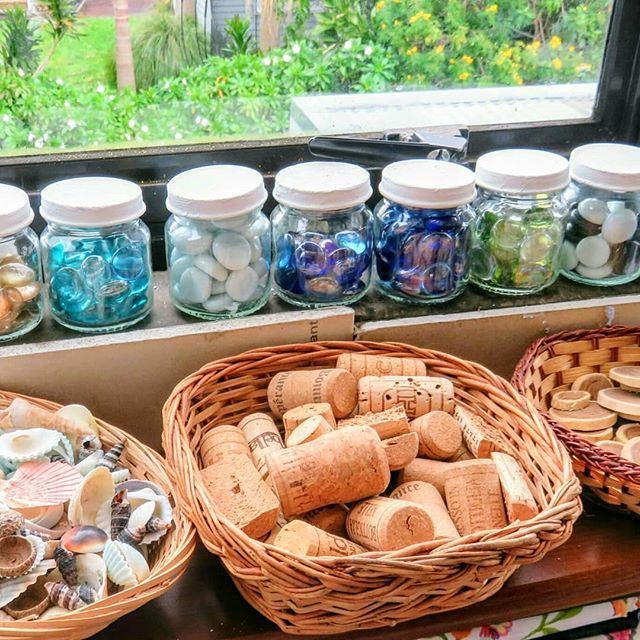
But if you are pregnant, the birth is still far away, and complementary feeding is even further away, then why waste time, energy on preservation, which may not be needed or you will throw it away, it’s good if you eat it yourself. It's one thing to close a couple of jars to check how to do it, whether it's tasty or not, being pregnant, and another to close 100 jars. I closed it in the summer, when all fruits were introduced into the baby's diet, i.e. we ate peach, we knew him, so we just wanted him to eat homemade food in winter. nine0007 Preservation of baby food
3. It is worth considering that frozen food, may be better to freeze than to cover. If you have a large freezer, it's best to freeze and make your own baby puree later. At the very least, it has been proven that a frozen product spoils more slowly than a canned one.
4. To prepare the preservation of baby food, you need to buy or find a 100-200 gram jar of and baby food, closed with a self-tightening lid, for example, Frutonyanya. nine0007
nine0007
5. It is necessary to choose ripe, dense, not rotten, sweet fruits, which make you want to eat them. A non-sweet canned fruit will not be sweet, so we choose a high-quality sweet product.
6. Preservation of baby food takes place without the addition of various additives in the form of sugar, salt, tablets, vinegar, etc.
7. Thoroughly wash cans with a brush and soda.
8. Sterilize jars for at least 5-10 minutes, the lids are thrown into hot boiled water for 10 minutes. It is advisable to get them hot, and immediately twist the jars.
9. To sterilize small jars, you will need a saucepan, a jar sterilizing wheel, a regular tin lid for spinning, and a can opener. A small hole is cut with a knife in a tin lid under the neck of a 100 gram can. A pot of water is placed on the fire, a circle is placed on top to sterilize the jars. A tin lid with a hole is placed in the hole for the jar, as the water boils, the jar is carefully placed, sterilized for at least 5-10 minutes. nine0007
nine0007
10. Sterilized jars are stored on a clean towel, covered with a clean towel on top to prevent dirt and water from getting on them.
11. Cut fruit puree, cook for at least 10 minutes.
12. Fruit puree is poured into jars hot, carefully so that the jar does not burst, the jar is closed with a hot lid, tightly, twisted.
13. Of course clean hands, thoroughly washed fruit before processing and slicing. Try to keep cleanliness and sterility, after all, baby food. nine0007
14. Put the jars under a blanket, wrap them up, exactly for a day, with the lid down, then you can put them in a cellar, in a cool place or in a refrigerator.
15. Open, store and use home-preserved baby food just like any store bought. i.e. there should be a click when opening the jar, if it is not there, then the child should not be given such a product. Store opened baby puree for no more than 24 hours in the refrigerator. Preserved baby food can be stored in proper cool conditions from 6 months to 12 months.